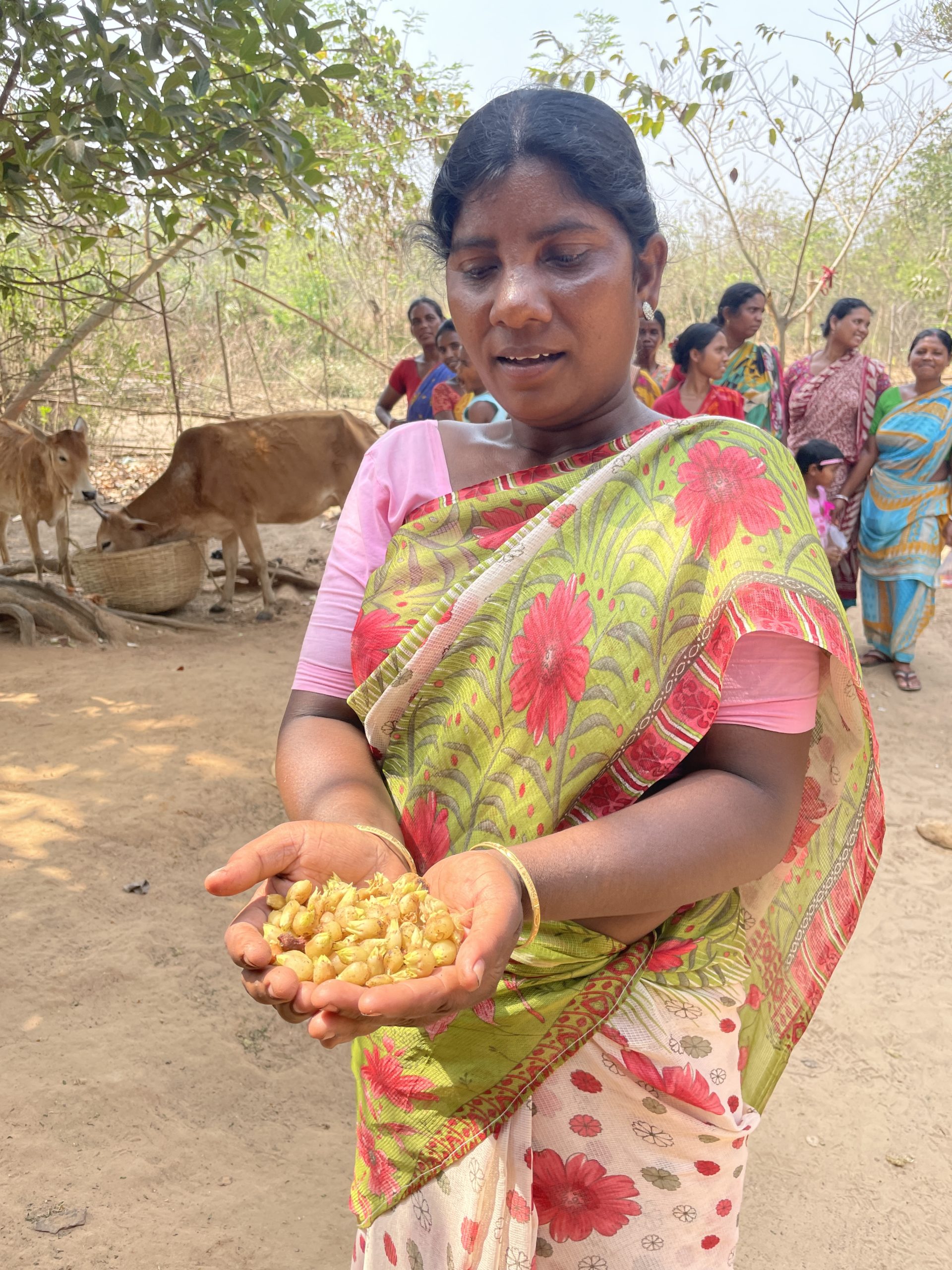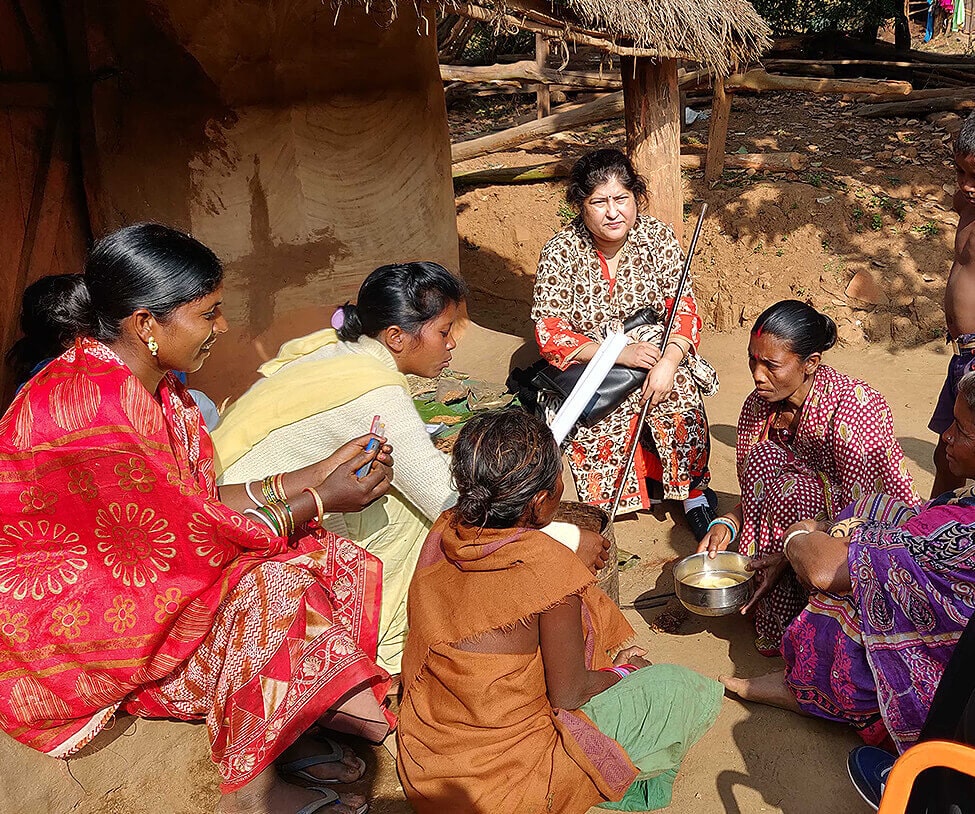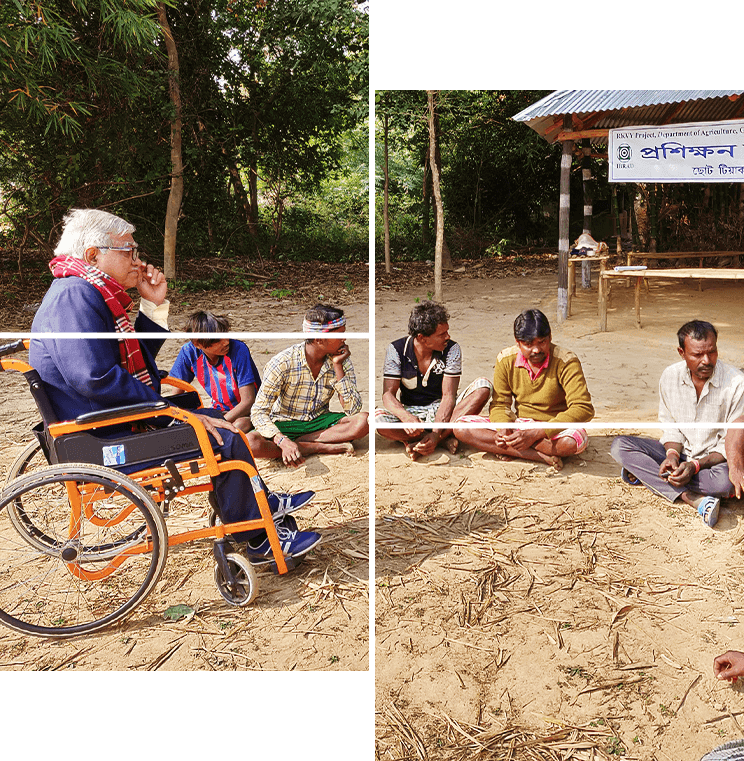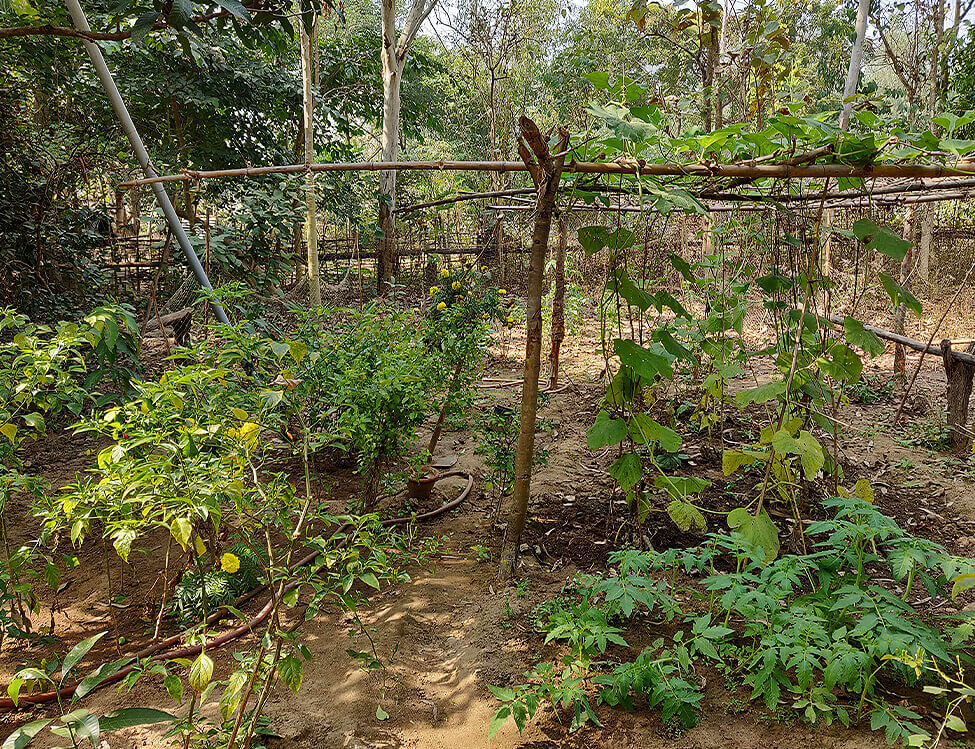

Tribal population traditionally have their habitation in or around the forest mosaic landscape and there has been a symbiotic relationship between the tribal community and their surrounding natural ecosystems. The degradation of the natural ecosystems not only shrank the livelihood opportunities of these communities but has also affected their food and nutrition security as well as disrupted their community institutions.
Tribes in India are like any other indigenous as a native community of the world.
There are different kinds of tribes in India. Some of them are more vulnerable and suffer from malnutrition. Each tribe has a distinct territory with unique culture and language which is separate from the majority of the people of the country. Tribes in India, although having a significant population of more than eight percent are still the most marginalized groups in society. Tribes maintain their traditional culture they also enjoy the feeling of oneness among themselves and have inhibition to mix with the general population.
Tribal population traditionally have their habitation in or around the forest mosaic landscape and there has been a symbiotic relationship between the tribal community and their surrounding natural ecosystems. The degradation of the natural ecosystems not only shrank the livelihood opportunity of these communities but has also affected their food and nutrition security. Lack of enough nutritious food cause malnutrition among the tribes. The education level of the tribes is lower compared to the non-tribes of the country. Therefore, there is an urgent need to build the capacity of the tribal community through different methods of education and skill development.
The capacity building program aims to improve the well-being of tribes in the given landscape through raising awareness, training, and skill development. The process facilitates and speeds up the process of Transfer and Adaptation of Technology to improve the quality of life and well being of the indigenous tribal community.
The fundamental need for survival and sustainable human development of any rural tribal community requires conservation and better management of natural resource like the forest, water, livestock, and soil as interdependent components of the ecosystem. This requires integrated landscape management.
Unlike issue-based Tribal Development approaches, IBRAD has been working through the approaches to the Sustainable Tribal Development in the framework of SDGs ( Sustainable Development Goals). IBRAD’s approaches to Sustainable Tribal Development focus upon developing the capacity of the tribal community with a particular focus on women and youth, to develop appropriate social norms and institutions for conservation of the natural resources, community empowerment and community-led social actions for conservation-based sustainable livelihood developments.
Training on entrepreneurship and skill development and mobilizing the community for local employment and /livelihood opportunities to…
Learn More

Tribes in India, although having a significant population of more than eight percent are still most marginalised groups in society even after more than 70 years of independence.
It becomes a challenging issue for any nation to mainstream the marginalized group in such a way that while the Tribes maintain their traditional culture they also enjoy the feeling of oneness and self esteem with the general population.
Learn MoreThe natural ways of cultural practices for biodiversity conservation, is found within indigenous lands of the tribes. Thus such landscape of the tribes provide both opportunity and challenge for conserving biodiversity and supporting livelihoods of the community.
Learn More